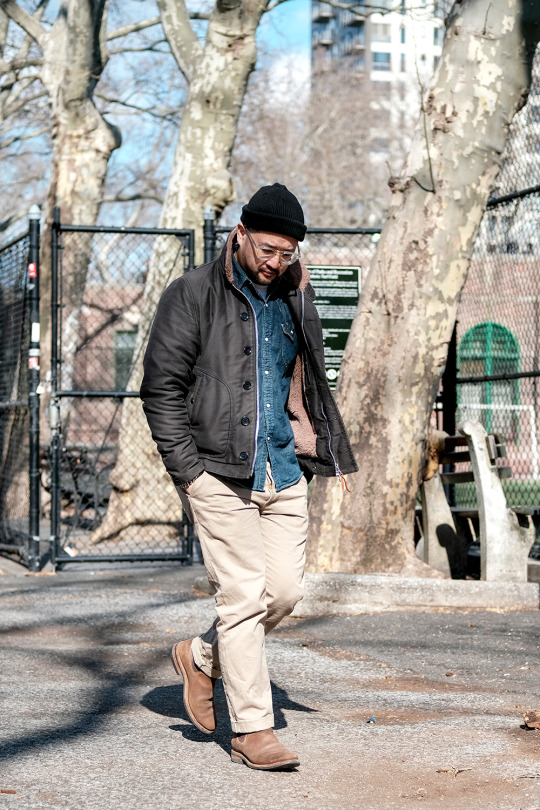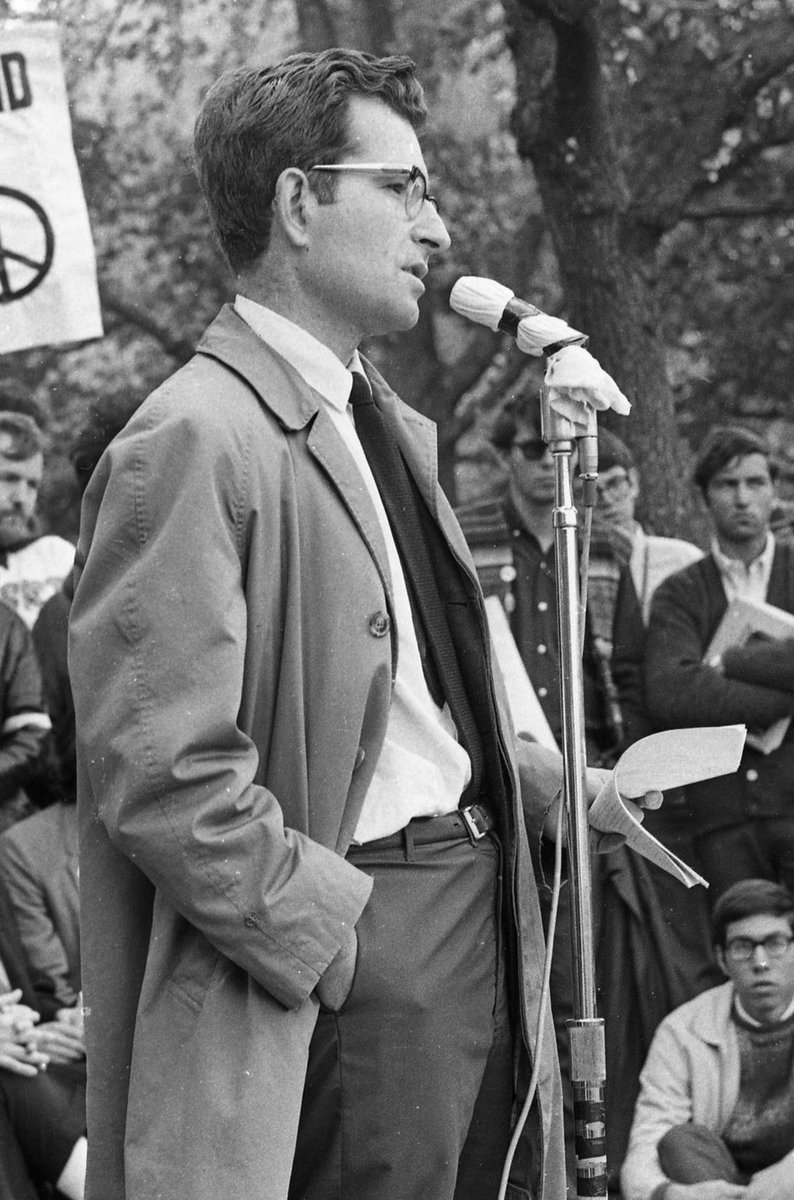My post was sort of tongue-in-cheek, but I do feel that if you're a jeans and hoodie guy, you can just find versions of what you love. Identify the qualities you like and find better versions of that thing. Will give an example. 🧵
https://twitter.com/stephenschou/status/1802833559570575480
In 2019, I interviewed @andrew3sixteen, who co-founded @3sixteen (one of my favorite denim brands). He's a busy dude, a family man, and a father to two young boys. I remember him telling me that, except for outerwear, he only buys clothes that can be thrown into the wash. 

He doesn't even engage in the kind of meticulous shoe-care techniques that are often talked about online (leather conditioning, polishing, etc). These are his Viberg work boots (new vs old). He prefers things that are easy to care for and get better with age.








3sixteen has been around for over 20 years now. It started as a streetwear brand and then moved to cut-and-sew at some point. I asked Andrew how his style has changed over the years, and he said, "Not much." He still wears hoodies, t-shirts, jeans, and flannels.




"Things just fit better," he told me. He also identified what he likes and found better versions of those things. For example, he realized that he likes heavier flannel shirts, especially ones with coarser, visible weaves. And t-shirts that don't sag after a few washes. 

He gave some tips on how to build a wardrobe: focus, learn, try stuff out, ask for help, and have fun. It's not ground-breaking stuff, but it's reasonable and actually how good wardrobes are built. 

Some of the stuff I like about his wardrobe:
1. The clothes are made from materials that only get better with age. So the flannel shirts, jeans, and boots actually look *better* when they're beat-up. This way, he never feels he has to replace things. He cherishes what he owns.


1. The clothes are made from materials that only get better with age. So the flannel shirts, jeans, and boots actually look *better* when they're beat-up. This way, he never feels he has to replace things. He cherishes what he owns.


2. On top of what are stylistically really basic pieces—jeans, flannels, sweats—he also splurges on cool outerwear. A good jacket can really make an outfit. In the winter, he wears things like deck jackets and a Schott B-3; in the warmer months, he switches to trucker jackets.








3. I also like the way he accessorizes. He wears a lot of jewelry, such as chunky rings, bracelets, and necklaces. The size, styling, and materials suit his aesthetic and add visual interest to what are somewhat simple (but quality) outfits.








Your wardrobe is a pretty personal thing. There's no singular "right" way to build one, and everyone has different goals. Some guys just want to avoid looking "wrong" at the office or at social functions; others want to dress to attract a mate. These are all legitimate goals!
My perspective is very much from the viewpoint of a hobbyist/ enthusiast. I think many solutions approach the process of building a wardrobe as a "minimize time/ maximize output" problem. Like ticking a checkbox from your to-do list. This is from that article about $500 stylists: 

Those sorts of approaches feel cold to me. I'm not convinced that guys end up loving what they wear and thus keeping what they buy. But perhaps they do! My feeling is that you should explore what's available and find joy in clothes, but I realize this is not everyone's bag.
Many people have commented on how both of these outfits look boring. But if they express what the guy wants to express, it may be better for him to go down that route and figure out what is a better version of something that *works for him.* 

Many of the suggestions I've seen seem to impose someone's vision of style onto that person. But that's like shoving words in someone's mouth. What do they want to express? What language do they like? What makes them happy? IMO, it would be better for him to explore. 

So I would reframe it: price is not that important outside of giving you more options. I would not encourage him to replace everything he owns with "more expensive" versions. I would encourage him to explore, like the process of finding your favorite album or restaurant. 

If people can't believe that you paid a bunch of money to wear hoodies, but those make you feel good, who cares? Your style does not have to please everyone. Links:
My post on @andrew3sixteen:
Another interview with Andrew 🔗: dieworkwear.com/2019/03/07/a-r…
outfitdissecting.com/dissections/an…

My post on @andrew3sixteen:
Another interview with Andrew 🔗: dieworkwear.com/2019/03/07/a-r…
outfitdissecting.com/dissections/an…

• • •
Missing some Tweet in this thread? You can try to
force a refresh

























